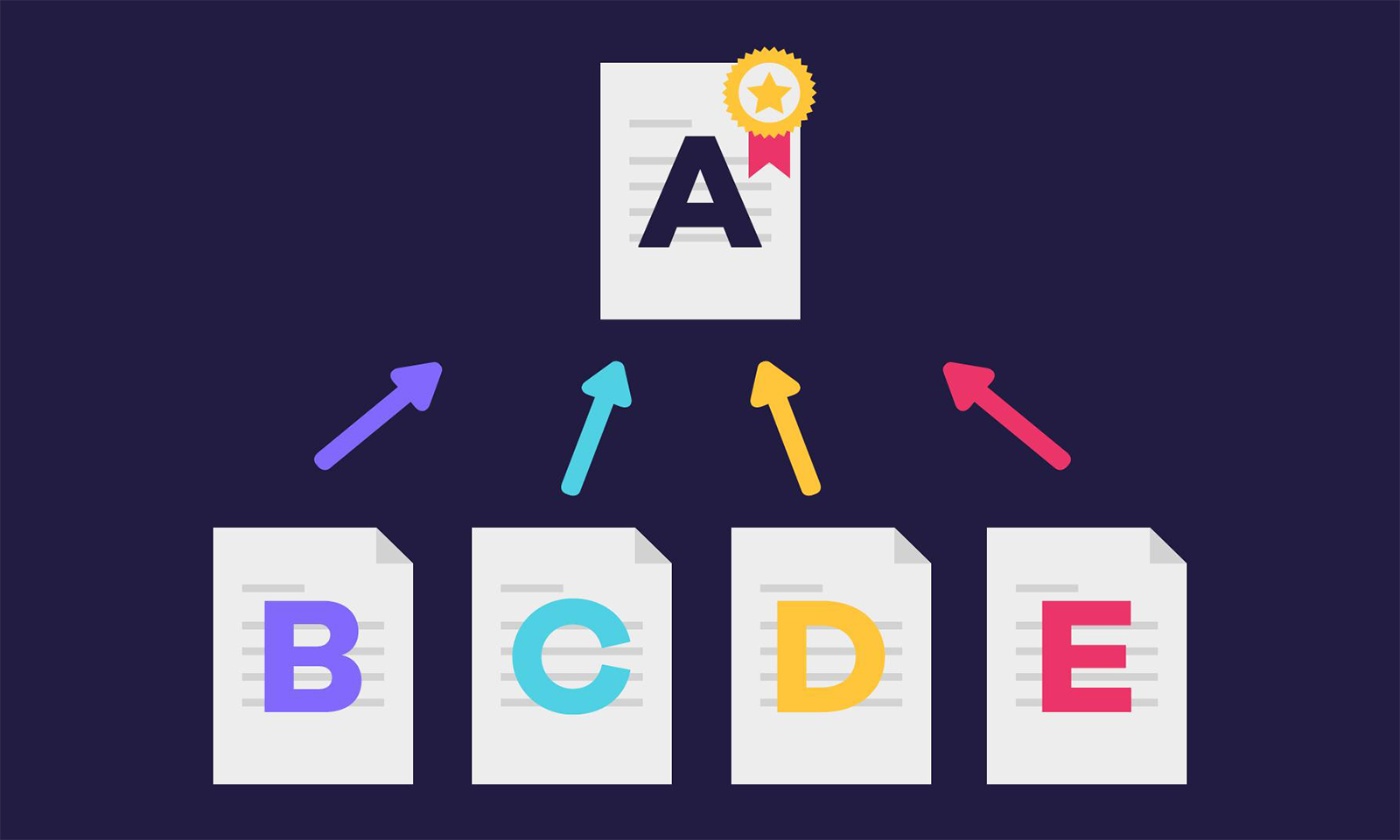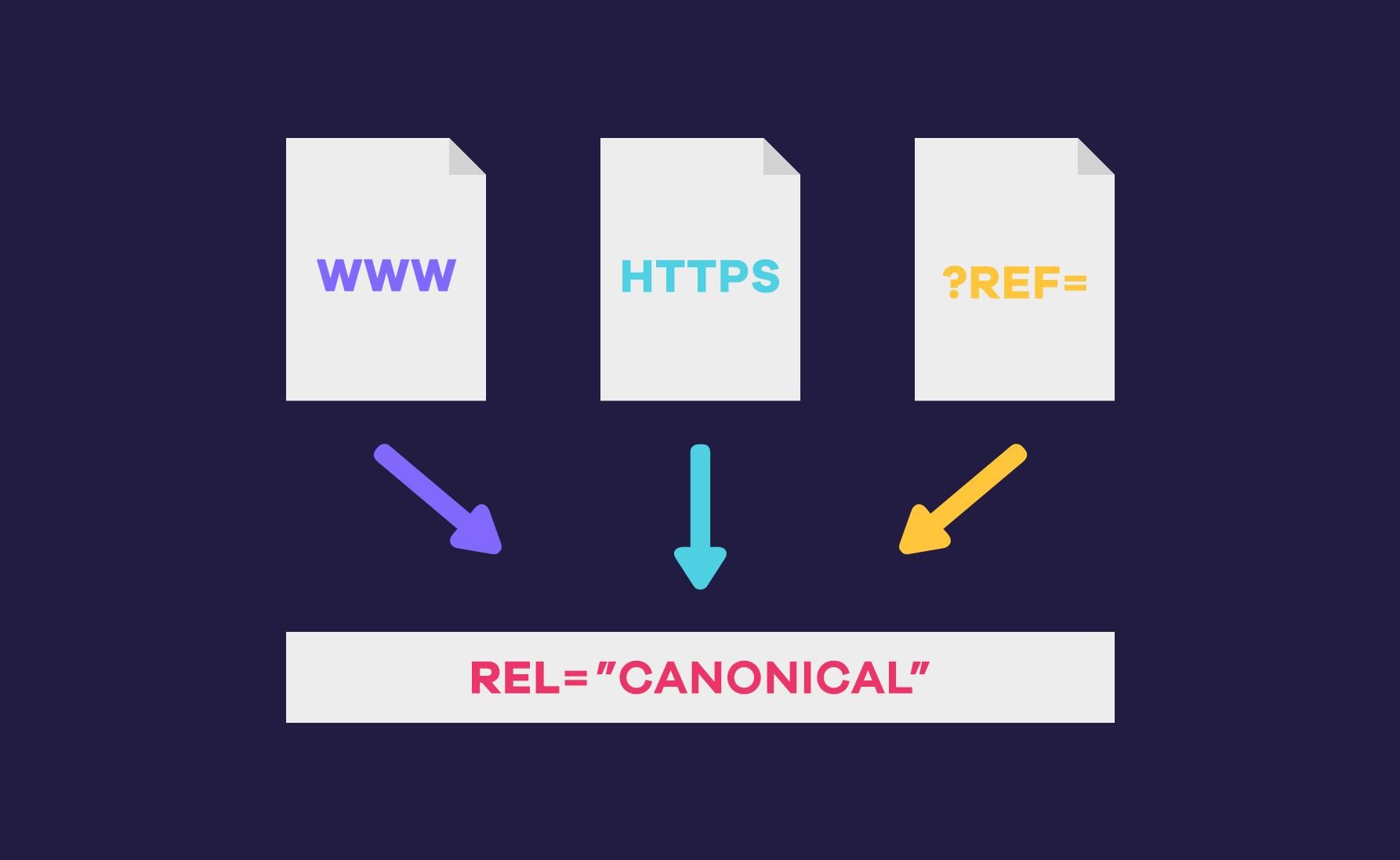
The canonical attribute or tag, is a way to consolidate multiple URLs that have identical content by indicating which URL needs to be crawled and indexed by search engine crawlers. It is not uncommon for a site to have multiple URLs that contain identical or nearly identical content. However, if you allow search engine crawlers to scan and index every single URL, it can hurt your site’s search rankings.
You’ll often see websites using the rel=”canonical” HTML tag to tell search engines the preferred, or “canonical” URL they want to use.
The common HTML code looks like this:
<link rel="canonical" href="PREFERRED URL" />
When Should You Use the Canonical URL?
You should use the canonical tag in any instance in which you have the same content on several URLs. You might find yourself in this situation on your ecommerce site for a variety of reasons.
One of the biggest use cases for canonical URLs is when you have secured and unsecured versions of your site’s URL.
First, your ecommerce site will more than likely have different URLs for small product variations such as color and size. For example, you might sell the same leather jacket in black, brown and grey and in a variety of sizes. But when someone does a search query for leather jackets, you don’t want every single product variation to appear in their search.
Another reason could be that every visitor to your site has a different URL due to session IDs, yet each individual URL contains the same content.
Your mobile site might also have a different URL from your desktop site and search engine crawlers will index it separately unless the proper canonical tag directs them.
One of the biggest use cases for canonical URLs is when you have secured and unsecured versions of your site’s URL, that is, “www” and non-”www” versions. Each iteration has the chance to be indexed as a different page, which would create duplicate content issues:
The canonical URL will prevent search engines from indexing URLs separately if they contain a different prefix such as “www” versus “https://www.”

You might also prefer to have older versions of your website archived, so it makes sense to have separate URLs — but you also want to make sure search engine crawlers scan and index the most recent version.
URLs can also be location-specific and will vary across each country. If your products ship worldwide, you don’t want search engines to index every country that you ship to.
In each of these cases, your URLs contain the exact same content, so there is no need for search engine crawlers to scan and index every single URL. Duplicate content on an ecommerce site is inevitable and if you allow every single URL to be indexed, it can affect your ranking negatively.
Why Should You Use a Canonical URL?
When you don’t include a canonical attribute, search engine crawlers end up indexing every single URL, despite the similarity in content across each page. It then becomes unclear to them which version to rank after every single URL has been indexed.
Duplicate content makes it difficult for search engine crawlers to determine which content from your site is relevant to a search query.
Duplicate content will negatively affect your site’s ranking. Duplicate content makes it difficult for search engine crawlers to determine which content from your site is relevant to a search query. As a result of this confusion, they’ll give preference to another site they believe has more unique content. Although your own content may be unique, the search engine does not understand this because you have multiple URLs with the exact same or similar content.
How Do You Add a Canonical Link?
Most ecommerce or content management system platforms already have the canonical attribute built into the site or have the option to add it as a plugin. You simply have to designate which URLs needs to be scanned and which ones are duplicates. If you want to scan your site’s code for it, the canonical attribute would look like this:

Luckily, Volusion’s content management platform makes it easy for you to activate this handy feature.
Once you have logged into your dashboard, hover over to the marketing tab on the menu bar and click on the SEO section in the dropdown menu. On the menu that appears to the left of that page, find the default values section.
Once there, scroll down to the “Search Engine Friendly URLs” section. There are four check boxes that appear. You want to make sure that the last checkbox, which reads “Enable full URL for Home Page Canonical Link (include /default.asp)” is checked. Once you’ve checked that, you are set! If you’re still not sure where to find this tool, check out our live simulation on how to enable the canonical attribute.











